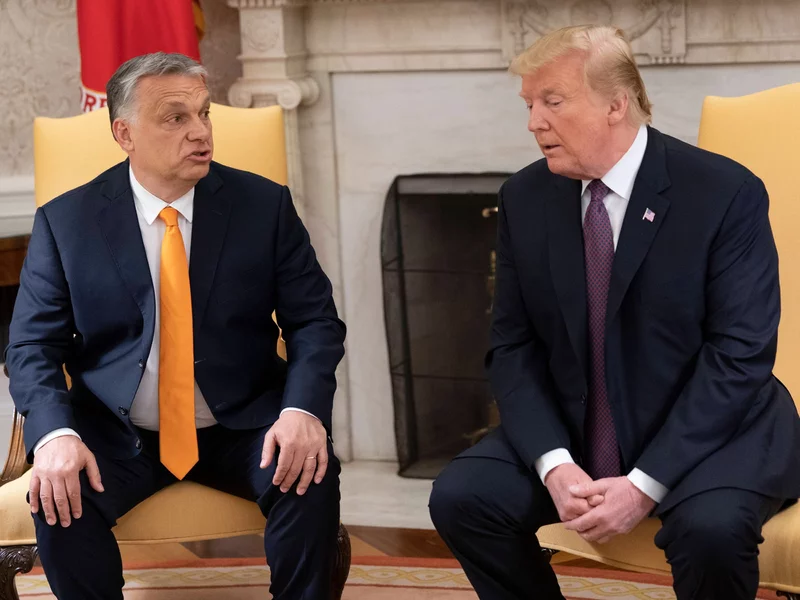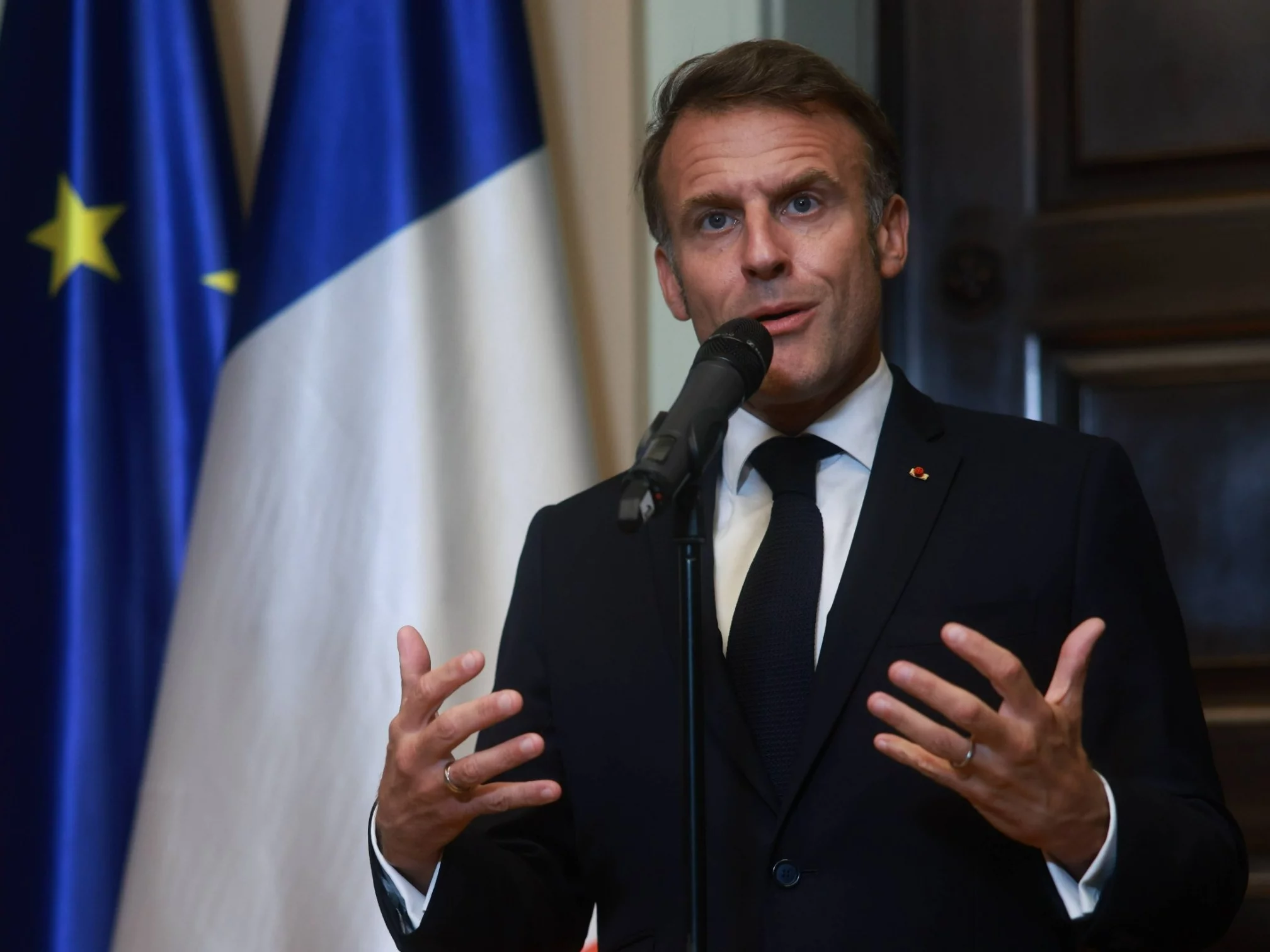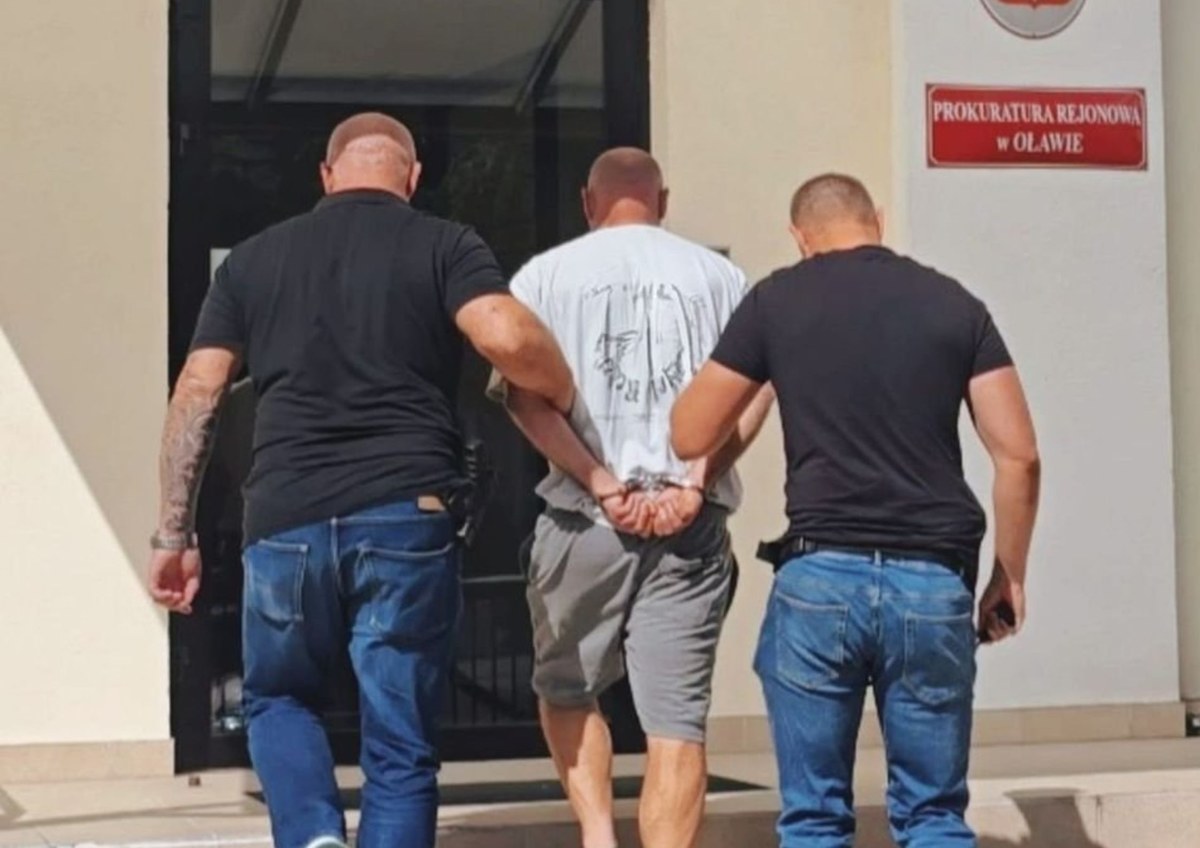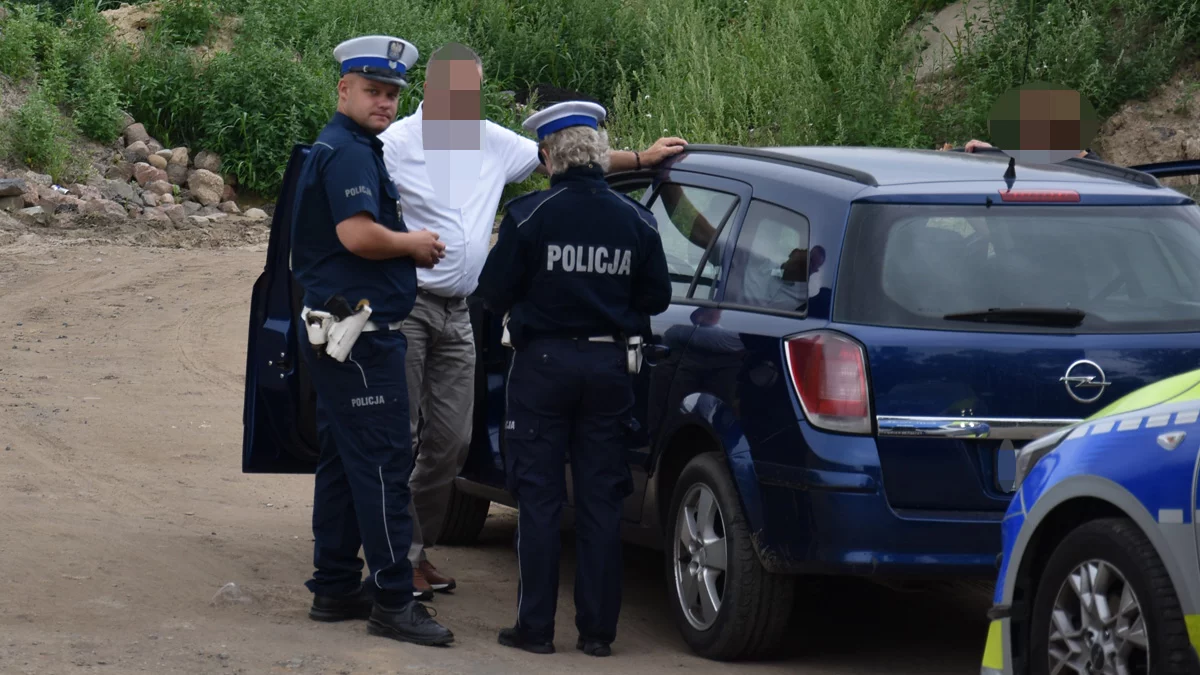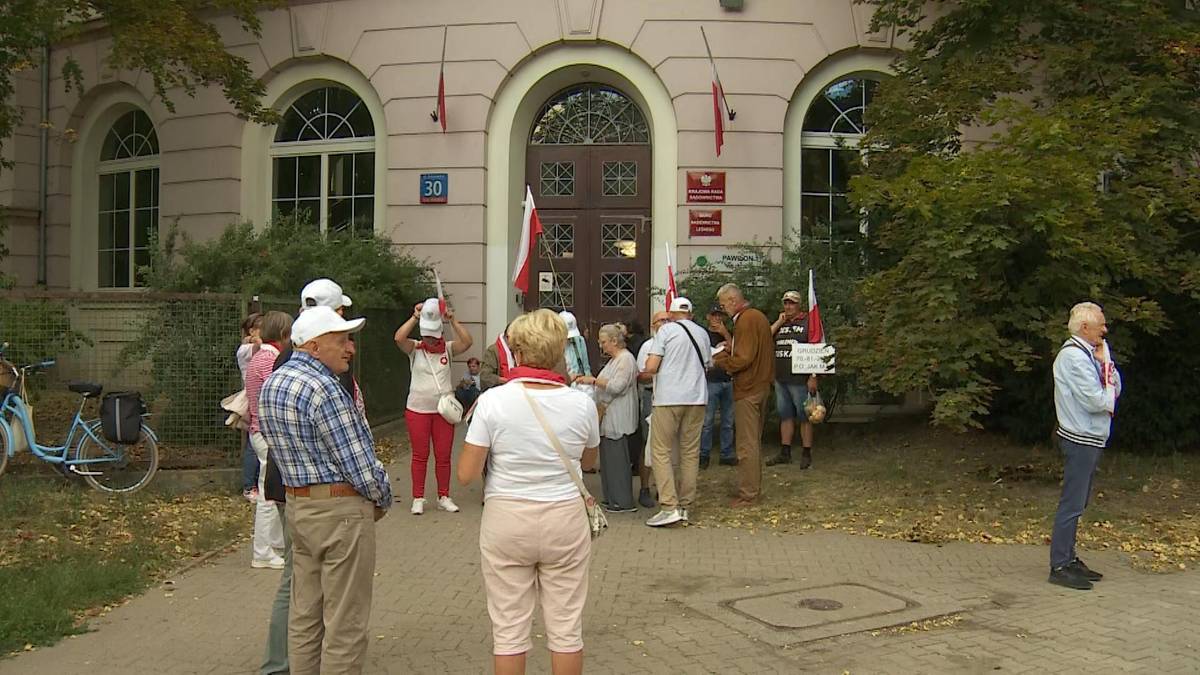Anniversary of the winning Polish-Ukrainian War from 1918 to 1919.
Today in our Calendar we will look at the Polish-Ukrainian War. Her genesis should be sought in the provisions of the Treaty of Brest of March 3, 1918. This treaty was signed by the Central States and russian Russia. Poles were not allowed to negotiate, and in a separate treaty, the parties recognized independency proclaimed by the Ukrainian People's Republic in January with the capital in Kiev. As if there were little, the Germans handed Chełmszow to the Ukrainians, and the Austrians pledged to make Ukrainian autonomy in east Galicia. In the secret additional protocol, the Bolsheviks promised that they would not let any fresh Polish troops to form in Russia.
Information about the anti-Polish agreement, they provided Regency Council brothers Marian and Józef Lutosławski. They managed to gain the content of the act in Moscow, guaranteeing the subjection of the Kingdom of Poland to Germany and assuming a possible cooperation of powers, in the event of an effort at real independence. As you can see, even in a war situation, the invaders were able to agree on a common anti-Polish policy. Supporting free Ukraine and later Lithuania was aimed primarily at territorial restrictions on the future Poland.
Due to the publication of scandalous agreements, strikes, rallies, mass resignations from administration, desertions from the army and the show return of German and Austrian orders by veterans took place in the Kingdom of Poland. As part of the protest, Haller's 2nd brigade of legions (the alleged Polish Meal Corps), broke through the Austrian front at Rarancza and merged with the Russian troops of II Polish Corps.
The Autonomous and then independent Ukrainian People's Republic claimed to be in crucial pre-selection areas of the Republic of Poland. The country may have been a serious opponent for the reborn Poland (especially in the case of cooperation with Germany), but the effective organisation of the Ukrainian civilian administration did not go well with the effective formation of armed forces. interior conflicts among Kiev's villains, however, dragged their young country down. As early as mid-1918, there was a coup d'état and the creation of the alleged Hetmanat of Pawło Skelepadski at the head. Subsequent crises were exploited by Bolsheviks and white generals, who independently attacked the state, eliminating them completely until 1920.
A bigger problem for Poles was the Western Ukrainian People's Republic (ZURL) established in October 1918. Yes, her state existence was almost exclusively based on anti-Polish sentiments. Moreover, Ukrainians were preparing intensively for the fall of Austro-Hungarian. On 1 November they attacked Lviv, but heroic defence of Polish residents stopped the enemy. The battles showed, among others, the teenage children of the alleged Orlęta Lwowski. The isolated city fought bravely for weeks. In the end, the forces of Michał Karaszewicz – Tokarzewski, followed by the blue army of Józef Haller, were able to defend themselves.
In the spring of 1919, both sides greatly increased their strength. About 50,000 soldiers, 200 guns and 900 device guns were grouped under General Joseph Haller's orders. Against them, in the Western Ukrainian Army under General Mikhail Omelianovich-Pawlenka, about 44,000 soldiers fought, 1454 guns and 552 device guns.
In mid-May 1919, Polish troops launched an offensive in Galicia and Volyn. On 14 May, the 1st Haller Army Corps, General Alexander Karnicki's Operational Group and the Lviv Infantry Division were the first to strike. On May 15, General Wacław Iwaszkiewicz's group entered the action, hitting from 3 sides on Sambor.
On 25 May Polish troops reached the Bolechów – Chodorów – Bebrka – Busk line. At the same time, on 25 May, the Romanian army, together with the 4th Polish firearm Division, began occupying the south-western areas of ZURL with Kolomya and Sniatyn. Part of the Ukrainian troops were forced to pass on Zakarpat, where they were interned by the Czechoslovakian authorities.
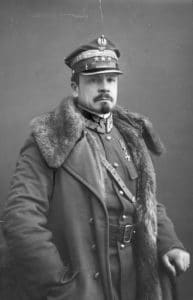 General Joseph Haller
General Joseph HallerAfter regrouping, Ukrainian troops joined the alleged Czortkowska counteroffensive on 7 June. In dense battles they managed to somewhat reject Polish troops. Consequently, the arrogant Ukrainian command rejected the Polish proposal of the anti-Soviet covenant and the creation of a demarcation line, called the Delwig line.
As a consequence of the rejection of the proposal, Poles moved on to a fresh offensive. They broke the Ukrainian front at Jazłowiec very quickly. On July 15, Tarnopol was taken. On 16 July, the defeated Ukrainian troops were withdrawn behind Zbrucz. Then the forces that fought the Poles supported the URL, fighting the overwhelming russian forces and the “volunteer army” of Anton Denikin.
Previous entry from our calendar is available Here.

